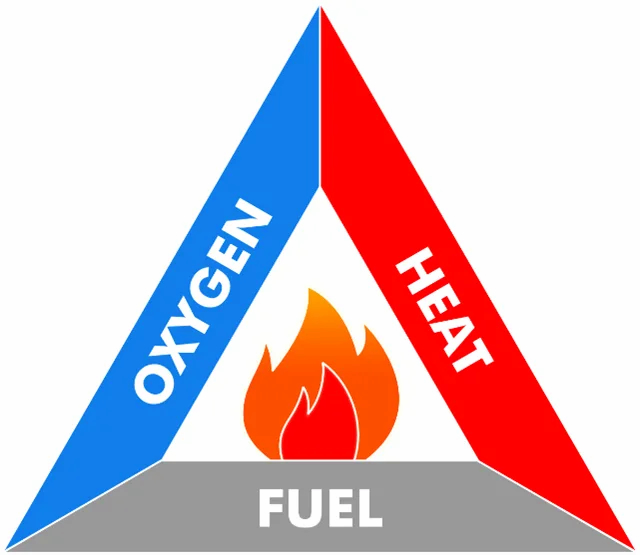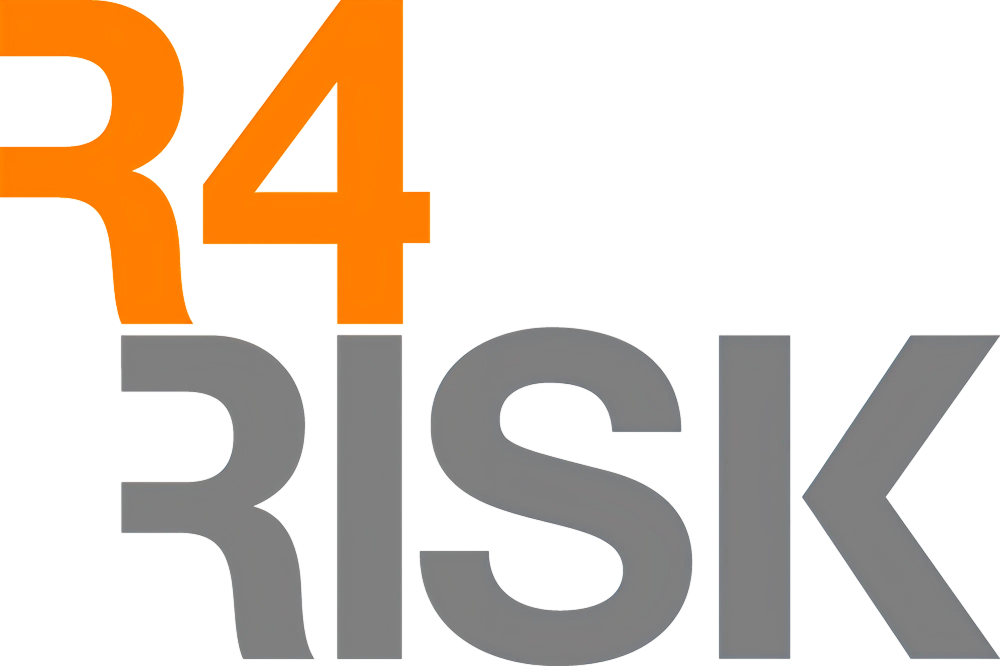Our Services
Hazardous Area Classification

Complying with AS/NZS IEC 60079: HAC
Hazardous Area Classification (HAC)
Hazardous Area Classification is used to identify areas where an explosive atmosphere could occur. Zones are assigned, enabling the proper selection and installation of electrical equipment for use in such areas, to minimise the potential for ignition.
- HAC is critical for facilities that handle flammable materials or combustible dusts.
- The classifications are performed and documented in accordance with applicable standards (e.g. AS/NZS IEC 60079.10.1).
Hazardous Area Classification by R4Risk
HAC Zones
HAC Zones are assigned to identify:
The type of hazardous material:
- For gases and vapours – Zone 0, Zone 1 or Zone 2
- For combustible dust – Zone 20, Zone 21 or Zone 22
The likelihood of an explosive atmosphere:
- Zone 0 and Zone 20 indicate an explosive atmosphere that is continuous, frequent or present for long periods
- Zone 1 and Zone 21 indicate where an explosive atmosphere is likely to occur occasionally in normal operation
- Zone 2 and Zone 22 indicate that the explosive atmosphere is rare or only occurs for short durations.

Hazardous Area Classification
Frequently Asked Questions
It is usually preferable that the HAC is determined during the design phase of a project. This enables the arrangement of equipment and instrumentation to be optimised to reduce the overall project cost.
However, an HAC can be performed at any time to ensure good ignition control and compliance with legislative obligations.
HAC should be reviewed whenever there is a change in the process, equipment, materials, or ventilation that could affect the risk of formation of an explosive atmosphere.
The HAC should also be reviewed periodically. Periodic reviews help ensure that the classification remains accurate and current. They also enable identification of any changes that may have been made since the last update of the HAC.
